Please note: In October 2020, we updated the DXOMARK Camera test protocol. Version 4 now includes image preview tests and a wide range of new test scenes as part of our new trustability evaluation which measures the camera’s ability to deliver consistent still image and video quality across all shooting scenarios. We have retested this device using the new version 4 of the test protocol and produced this completely updated review. For more information, please see our article about preview, trustability and other version 4 updates of the DXOMARK Camera test protocol.
Powered by Qualcomm’s top-end Snapdragon 865 chipset, the Xiaomi Mi 10 Ultra is the Chinese manufacturer’s latest flagship device and was launched on the occasion of the company’s 10-year anniversary. Like its sister device (the Mi 10 Pro that was released earlier this year), the Mi 10 Ultra comes with a quad-camera setup that includes dual-tele cameras and an ultra-wide module. However, there are some important differences in the camera hardware.text
The Ultra’s main camera uses a 48MP Quad-Bayer sensor instead of the 108MP version in the Pro. The long tele-lens is stabilized and now comes with a staggering 120mm equivalent focal length versus 94mm on the Pro, and at 1/2-inch versus 1/4.4-inch, the image sensor is considerably larger on the Ultra. Xiaomi has also made improvements to the ultra-wide camera. It offers an optical focal length of 12mm, and even after distortion correction has been applied, we still measured 12.5mm, the widest field of view of all ultra-wide cameras we have seen to date.
Can the Xiaomi Mi 10 Ultra retain the top spot in the DXOMARK Camera ranking under version 4 of our test protocol? Read on to find out.
Key camera specifications:
- Primary: 48MP 1/1.32-inch Quad-Bayer sensor, 25mm-equivalent lens with f/1.85 aperture, PDAF and OIS
- Telephoto 1: 12MP 1/2.56-inch sensor, 50mm-equivalent (2x optical) lens with f/2 aperture, Dual-Pixel AF
- Telephoto 2: 48MP 1/2-inch Quad Bayer sensor, 120mm-equivalent (5x optical) lens with f/4.1 aperture, PDAF and OIS
- Ultra-wide: 20MP 1/2.8-inch sensor, 12mm-equivalent lens with f/2.2 aperture, PDAF
- Dual-LED flash
- Multispectral color temperature sensor
- Video: 8K 4320p at 24fps, 4K 2160p at 30/60fps (2160p/60fps tested)
- Qualcomm Snapdragon 865 chipset
About DXOMARK Camera tests: For scoring and analysis in our smartphone camera reviews, DXOMARK engineers capture and evaluate over 3000 test images and more than 2.5 hours of video both in controlled lab environments and in natural indoor and outdoor scenes, using the camera’s default settings. This article is designed to highlight the most important results of our testing. For more information about the DXOMARK Camera test protocol, click here. More details on how we score smartphone cameras are available here.
Test summary
Scoring
Sub-scores and attributes included in the calculations of the global score.
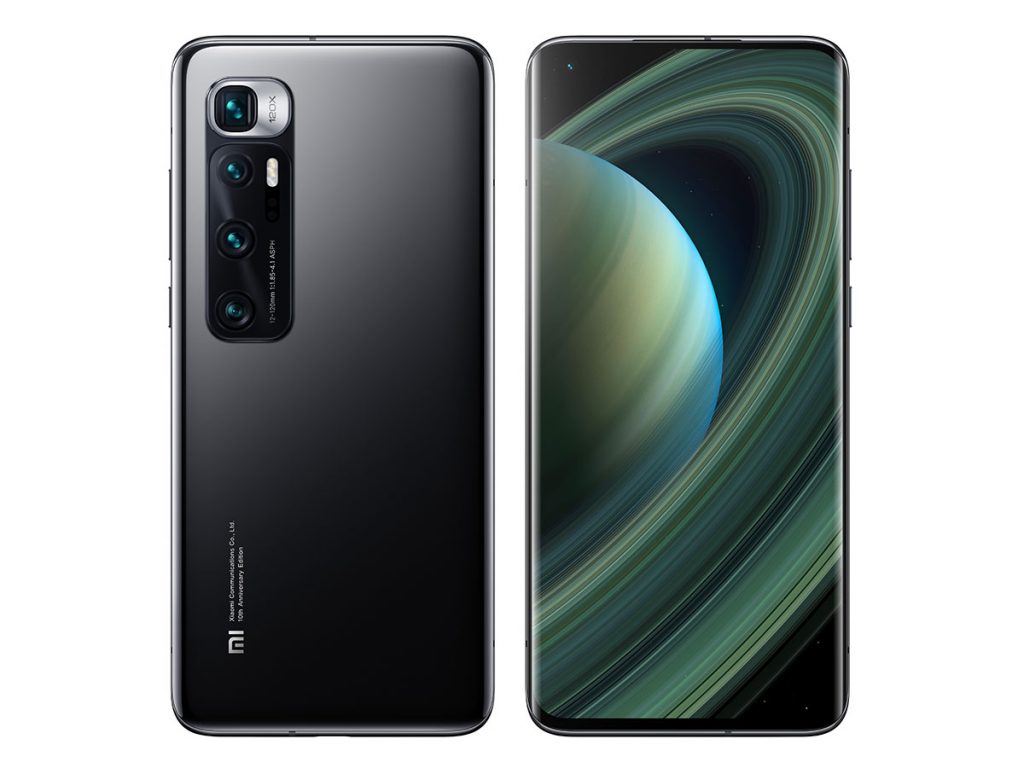
Xiaomi Mi 10 Ultra


Use cases & Conditions
Use case scores indicate the product performance in specific situations. They are not included in the overall score calculations.
Outdoor
Photos & videos shot in bright light conditions (≥1000 lux)
Indoor
Photos & videos shot in good lighting conditions (≥100lux)
Lowlight
Photos & videos shot in low lighting conditions (<100 lux)
Friends & Family
Portrait and group photo & videos
With an overall DXOMARK Camera score of 133, the Xiaomi Mi 10 Ultra secures the top spot among all devices tested under the new version 4 of our test protocol. Its Photo score of 136 is also among the very best.
The exceptional Photo score is based on an excellent still image performance across all test areas. The camera gets all the basics right most of the time such as target exposure, color rendering, and white balance, and offers a very wide dynamic range, capturing good detail in both bright and dark areas of the scene. This makes it ideal for shooting in challenging high-contrast conditions.
Night and low-light photographers will be satisfied with the Mi 10 Ultra, too. Xiaomi has managed a good trade-off between texture and noise in images captured in dim conditions, and the camera is capable of achieving good exposures even in extremely low light. Portrait shots recorded in bokeh mode show the usual slight isolation imperfections around foreground subjects, but the blur effects look quite natural, and bokeh images are overall on a level similar to those from other top-end phones. Quality of the preview image is good, too, with few target exposure, noise and texture differences compared to the final capture.
With an outstanding Zoom score of 101 the Xiaomi is also a perfect choice for photographers who like as much flexibility as possible in terms of focal range. The Xiaomi’s ultra-wide camera offers the widest field of view we have seen, and at the long end, a 120mm-equivalent tele-lens provides more reach than most competitors. In addition, image quality leaves little to complain about across the entire zoom range, with only some loss of texture and slightly increased noise levels at the widest and longest zoom settings.
The Xiaomi Mi 10 Ultra also moves into the number one position for Video, thanks to an outstanding video score of 110. It’s the first device we have tested that achieves the overall best results at 4K resolution and a frame rate of 60fps. The fast frame rate ensures smooth motion and panning in all situations. Usually using 60fps or even faster frame rates means having to make compromises in other areas, but the Xiaomi is capable of delivering good exposure, nice color, and good detail, even when recording in low light, thanks to its adaptive frame rate control which slows things down to 33fps in dim and/or difficult conditions. The autofocus is fast and consistent, too, and the stabilization system counteracts photographer motion very effectively. Dynamic range could be wider and some highlight clipping can be seen in high-contrast video clips, but overall the Mi 10 Ultra records the best smartphone videos we have seen to date.
Photo scores explained
The Xiaomi Mi 10 Ultra achieves our second highest Photo score to date at 136 points. In this section, we take a closer look at how each sub-score was determined and compare image quality against key it’s key competitors, the Huawei P40 Pro and Apple iPhone 11 Pro Max.

Exposure and Contrast
Xiaomi Mi 10 Ultra
92
111
The Mi 10 Ultra achieves a good score for exposure, thanks to very good target exposure and dynamic range capabilities in all conditions. In our new contrast entropy lab measurements for dynamic range, some exposure failures were recorded in very strong HDR scenes. As you can see in the chart below with a difference of 7EV between the shadows and highlights the Mi 10 Ultra is noticeably worse than its Huawei and Apple competitors, with its entropy score dropping well below our 6-bit target level. It’s much better in lower contrast 2EV and 4EV conditions, but not as consistent as the P40 Pro, which excelled in this test with entropy consistently above 6-bit.
This analysis bore out in our perceptual analysis of natural scenes. Where the difference in brightness between the shadows and highlights is low, as in the scene below, the Mi 10 Ultra does an exceptional job with good overall exposure and wide dynamic range. In higher contrast HDR scenes however, some tone compression can be visible and the device often fails to maintain detail in all areas.
The same applies on indoor HDR exposures. Whilst overall the results are acceptable and generally highlights are well preserved in backlit scenes, the Mi 10 Pro tends to over-lighten the shadows and introducing tone compression and poor contrast, which can look a little disappointing in the final image. Exposures are very good in low light however, where good target exposures ensure well-lit portraits, like in our candle dinner scene.

Color
Xiaomi Mi 10 Ultra
92
107
The Xiaomi also does well for color. Color rendering tends to be very pleasant, with nice blue skies and lush greens in well-balanced outdoor scenes. The exposure problems we identified in strong HDR and backlit scenes slip over into our color analysis as well though, with flat and uninspiring color often evident in both shadows and skies. Indoors color remains very good with nice levels of saturation and fairly neutral white balance under a range of artificial light sources. In very low light, stronger white balance casts can become more prevalent, and in very dark and difficult scenes color rendering is not perfect, but overall the Mi 10 Ultra does a good job for color.

Autofocus
Xiaomi Mi 10 Ultra
98
109
The Mi 10 Ultra autofocus system was an excellent performer in our benchmark lab testing, delivering fast, accurate and repeatable results in almost all lighting conditions. The only exception was very low light (5 lux), where the device is a little inconsistent. Whilst it could be fast, the Mi 10 Ultra often took around a second to lock sharp in these low light conditions, although to be fair all shots were in sharp focus. The Xiaomi device also put in a strong showing in our new lab HDR test scene. where the device consistently found sharp focus in super quick time with contrast set at 7EV.
In our perceptual analysis autofocus behavior was very reliable too, with no seriously out of focus shots observed by our testers. The only issue is slightly limited depth-of-field and when capturing a group shot the Mi 10 ultra has a tendency to miss focus on the first face and often locks on to a portrait towards the background.

Texture
Xiaomi Mi 10 Ultra
104
111

Noise
Xiaomi Mi 10 Ultra
90
102
The Xiaomi Mi 10 Ultra delivers a good trade-off between detail and noise, and is among the best in this category. The device performed well in our lab texture measurements, with a texture score over 80 in bright light (1000 lux) dropping to a very respectable 70 in low light (5 lux), showing it’s capable of capturing very high detail in all conditions. It’s close, but slightly behind the P40 Pro, which is able to squeeze out a little more detail in all lighting conditions and especially in near-dark 1 lux tests.
In natural test scenes the Mi10 Ultra also proved itself capable of resolving high levels of detail, with fine structures particularly well preserved in outdoor images, where it matches results from the P40 Pro and iPhone 11 Pro Max. The Xiaomi device earns its stripes indoors too, where detail is fractionally better overall compared to the Huawei and iPhone. All three devices perform incredibly well though for texture on this handheld indoors shot, with the Xiaomi and Huawei shots recording slightly cleaner files with less visible noise compared to the iPhone.
The Xiaomi also handles image noise very well managed, with noise levels close to the best cameras in this category. In outdoor shots a fine luminance noise is slightly visible in areas of uniform color and recovered shadow areas on HDR images, but nothing too problematic. In low light, the Mi 10 Ultra’s texture/noise managements falls somewhere between the Huawei and Apple devices. In this indoor shot, fine detail in the face is broadly comparable between the Xiaomi and Huawei, but the P40 Pro delivers a cleaner file with less noise. The Mi 10 Ultra manages to surpass the iPhone in both respects however.
Image artifacts are generally well managed on the Mi 10 Ultra camera. Our testers found some fusion artifacts and color quantization, as well as flare, moiré, and some color fringing, but you would have to look very closely to spot any of these effects. It’s also worth mentioning that the Xiaomi maintains good sharpness into the corners of the image, which is where many other devices, even high-end models, suffer from a loss of acutance.
If you look closely in the corners of this shot, you can see an unnatural rendering of texture that is likely caused by the Xiaomi camera’s fusion algorithms.
Maze artifacts are visible in the fine textures on the facade of the building in the background.

Bokeh
Xiaomi Mi 10 Ultra
75
80
The Mi 10 Ultra is more than capable of producing a good-looking simulated bokeh shot and is among the very best devices we have tested in this category. The camera uses the short tele-lens with its 50mm focal length in bokeh mode, which gives it an advantage in terms of field of view over devices that record images with a wide-angle camera in portrait mode.
Depth estimation is also generally accurate, with only fairly minor depth artifacts visible around challenging elements of the scene. Bokeh mode also gets all the basics right, such as exposure and color, and sharpness is good.
Bright spotlights in the background are round with good contrast, as they should be, but the blur gradient from front to back can occasionally look a little unnatural, with fairly abrupt changes in blur intensity.
In this sample below, the Xiaomi does an excellent job at isolating the subject’s fine hair from the background. The Huawei is good as well, but the Samsung struggles somewhat.
In this long-range comparison, the Xiaomi produces stronger background blur than the other devices, which makes for a very pleasant effect overall.

Night
Xiaomi Mi 10 Ultra
72
82
The Xiaomi Mi 10 Ultra is also our new top performer for night and low-light photography, thanks to excellent image quality in all types of low-light scenes.
With the flash set to auto mode, the camera behaves as it should, triggering the flash for portrait shots, but not for landscape or cityscape images. Further, the Xiaomi does an excellent job with indoor portrait shots. The flash output is nicely balanced with the ambient light, making for a nice exposure and overall natural feel of the image. The Samsung does not trigger the flash for this scene, which results in a target exposure on the subject that is lower than on the Mi 10 Ultra, and there is also some highlight clipping in the background.
In night landscapes and cityscapes, target exposure is usually good and the auto white balance system works accurately. In the sample below, you can see that the Xiaomi produces a slightly brighter exposure than the Oppo Find 2X pro and especially the P40 Pro, which makes for an overall more pleasant look in many night shots.
Flash-off mode produces good results, too, with good exposure and decent detail. The portrait shot below has pleasant skin tones with good facial exposure and well-controlled noise. The P40 Pro produces an overall brighter exposure for this shot, but this results in slightly washed-out skin tones, highlight clipping in the background, and a strong loss of detail. The Oppo captured a strongly underexposed image. The Xiaomi deals by far the best with this difficult low-light situation.

Preview
Xiaomi Mi 10 Ultra
58
80
Analyzing the quality and accuracy of the Mi 10 Ultra’s preview image, the overall quality is good, with few target exposure, noise and texture inconsistencies with the final capture. The absence of live HDR processing means it’s less successful in high contrast conditions however, where highlights are over-exposed and shadows or faces often slightly under exposed.
It’s a similar story for bokeh rendering, where the Mi 10 Ultra does a pretty good job although there are some slight differences. In reasonably well balanced lighting, exposure and color are fairly accurate and again noise and texture rendering is good. Bokeh activation is also reliable, giving users reassurance the effect will be applied in capture. Depth estimation isn’t perfect however, with artifacts often visible around the subject, and the depth-of-field effect differs slightly, with greater blur intensity and better blur gradient in the final render, but those niggles aside it does an ok job.
For zoom smoothness, preview remains stable whilst pinching ensuring smooth field-of-view transitions as the device switches between its ultra-wide, standard-wide and tele-lens modules. Some minor instabilities are evident in exposure adaptation and focus, but nothing too problematic. Bigger oscillations are evident using the dedicated magnification buttons for zoom, and particularly when switching between the standard-wide and tele-lens as you can see in this example.
Zoom scores explained
The Xiaomi Mi 10 Ultra achieves an outstanding Zoom score of 101 points, by far the best in our current database. The Zoom score is calculated from the tele and wide sub-scores. In this section, we take a closer look at how these sub-scores were achieved and compare zoom image quality against some key competitors.

Tele
Xiaomi Mi 10 Ultra
133
140
The Mi 10 Ultra follows in the tradition of previous Xiaomi flagships like the Mi 10 Pro with a strong performance in our new tele-lens analysis. Image quality in general is outstanding and detail is very good across the zoom range.
Compared to the output of most of the competition however, zoom images are impressive with lots of detail, especially at close, long, and very long zoom distances. At medium zoom factors (around 4x) the Xiaomi images boasts very good detail towards the center of the frame, but there is a noticeable fall-off in sharpness towards the edges which is caused by image fusion. Some strong luminance noise is also visible in some images and our testers also observed an occasional loss of texture on small surfaces, but those minor quibbles aside the tele-lens is a key strength on the Mi 10 Ultra.
The shots below were captured at 50mm, a zoom factor of approximately 2x. On the face towards the centre of the frame detail is good, but resolution is fractionally behind the Samsung S20 Ultra in this example and the Mi 10 Pro is noticeably sharper.
At 160mm, a zoom factor of approximately 5x, the Mi 10 Ultra surpasses the S20 Ultra for resolution however and offers a brighter exposure with more neutral white balance. The Mi 10 Pro still edges it for sharpness though, with improved rendering of fine structures compared to the Mi 10 Ultra. For the Xiaomi devices these are really quite impressive results given the zoom magnifications and lighting conditions though, which is why they’re at the top of our rankings for zoom capabilities.

Wide
Xiaomi Mi 10 Ultra
53
58
The ultra-wide camera is a highlight of the Xiaomi Mi 10 Ultra’s camera performance. On paper it offers a very wide 12mm focal length but the camera applies some distortion correction which very slightly reduces the field-of-view. However at a measured 12.5mm it still offers the widest field-of-view of all smartphone cameras to date, making it a great option for fans of ultra-wide-angle photography. In terms of image quality, the ultra-wide gets all the basics right, too, delivering very good target exposure and a wide dynamic range as well as pleasant color.
Detail could be better, but the Xiaomi has that in common with most ultra-wide cameras we have tested. Some noise is visible, too. Images show some distortion, but the effect is fairly well under control. Thanks to a fairly light distortion correction, the loss of sharpness towards the edges of the frame that we see on many ultra-wides is not too strong on the Xiaomi. Our testers also observed some chromatic aberrations and ringing under indoor lighting, but image artifacts are otherwise pretty well controlled on the Mi 10 Ultra’s ultra-wide camera.
In the scene below you can see that the Xiaomi squeezes a lot more scene into the frame than the Huawei (and other phones on the market). On the other hand, the Huawei’s ultra-wide camera is hard to beat in terms of texture/noise and dynamic range.
The Xiaomi is also slightly wider than the Samsung Galaxy S20 Ultra and produces images with slightly better detail and less noise.

Video scores explained
A device’s overall Video score is derived from its performance and results across a range of attributes in the same way as the Photo score. The Xiaomi Mi 10 Ultra is among the best for Video at 110 points. The video sub-scores are as follows: Exposure (90), Color (94), Autofocus (87), Texture (93), Noise (95), Artifacts (84), and Stabilization (101). In this section, we take a closer look at the device’s strengths and weakness for video, with some comparisons against key competitors.
The Xiaomi Mi 10 Ultra delivered its best results in video mode when set to 2160p resolution and a frame rate of 60fps. Overall, the device performs very well at these settings, achieving our highest Video score to date at 106. Video target exposure is a nice strength. As you can see in our lab analysis chart below, the Mi 10 Ultra is capable of bright video in virtually all lighting conditions, with great exposure of 50L* measured in low light (5 lux).
Exposure adaptation in changing light levels is good but not perfect, and slightly limited dynamic range often leads to highlight clipping in very bright scenes. Examining stills from this bright scene, you can see the iPhone 11 Pro Max controls the highlights better and is able to capture more detail in the white boats. On the downside, a fairly strong reddish cast is visible in this sample video still.
Color, on the other hand, does not leave any reason to complain. Color rendering is pleasant in all situations and white balance is accurate, usually avoiding nasty color casts of any kind. Texture in 4K capture mode is also a key strength, with excellent detail recorded in outdoor and indoor videos, with very respectable results in low light, too. Our lab measurements identify the Mi 10 Ultra offers a slight improvement over the P40 Pro (which is also very good), and a significant improvement over the iPhone 11 Pro Max under indoor conditions (100 lux) and especially low light conditions (5 lux), where the Xiaomi achieves around 85% acutance compared to around 55% on the Apple device.
Detail is obviously only good when videos are in sharp focus however and we did observe some autofocus instabilities on the Mi 10 Ultra. Focusing errors are fairly common on indoor and low light videos, but even in bright light problems persist with the Xiaomi often failing to lock on to portraits. This is visible in this portrait video where the comparison devices do a better job at focusing on the subject.
The video camera is capable of a very good compromise for texture and noise, especially considering the high level of detail visible in in-focus videos. In our measurements we recorded levels of spatial noise slightly below the P40 Pro in virtually all lighting conditions, and noticeably cleaner movies compared to the iPhone in low light.
Noise is certainly visible in low light videos, but given the noticeably higher level of detail captured compared to the P40 Pro in this example, it might be a sacrifice you’re willing to live with.
Stabilization is very effective, too, reducing camera shake and walking motion significantly. The 60fps also means panning is buttery-smooth and the judder effect that is often noticeable at lower frame rates is reduced to a minimum. This is visible in this comparison.
Conclusion
Under version 4 of our DXOMARK Camera test protocol the Xiaomi Mi 10 Ultra remains the number one in our ranking and deservedly so. In Photo mode it doesn’t show any real weaknesses and delivers class-leading results in several categories. It’s particularly impressive in the wide and zoom sections, making it an ideal choice for those who want a zoom range as big as possible without compromising on image quality.
It’s also a great tool for mobile videographers, offering excellent overall video quality with efficient stabilization at 4K and a fast 60fps frame rate that makes for super-smooth panning and motion. Overall, if it fits within your budget, the new Xiaomi flagship phone is an easy recommendation for mobile content creators.
Pros
- Accurate target exposure (Photo & Video)
- Wide dynamic range (Photo)
- Vivid and pleasant color (Photo & Video)
- Excellent Autofocus in (Photo)
- Good texture/noise trade-off (Photo & Video)
- Nice night exposure (Photo)
- Pleasant Bokeh shots (Photo)
- Good zoom capabilities (Photo)
- Impressive ultra-wide field-of-view (Photo)
- Effective video stabilization (Video)
- Smooth 60fps capture (Video)
Cons
- Noise visible in low light (Photo & Video)
- Limited live HDR in preview (Photo)
- Tone compression in HDR (Photo)
- Limited dynamic range (Video)
- Autofocus instabilities (Video)
Please also have a look at our Xiaomi Mi 10 Ultra gallery below. It includes images that have been shot in a variety of situations and shooting modes for you to view and examine.


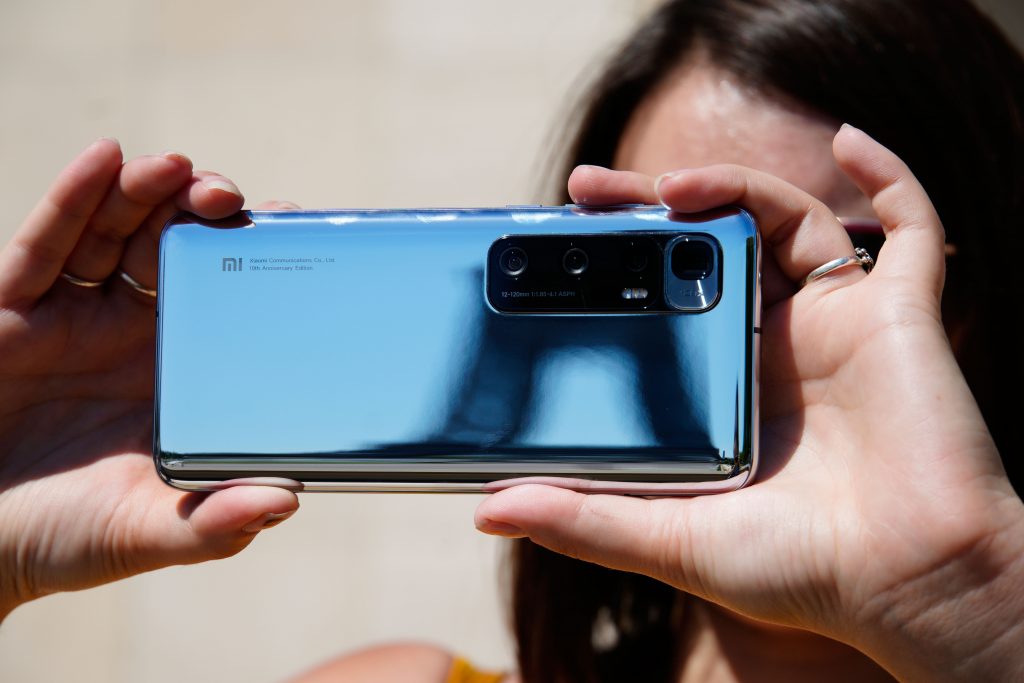




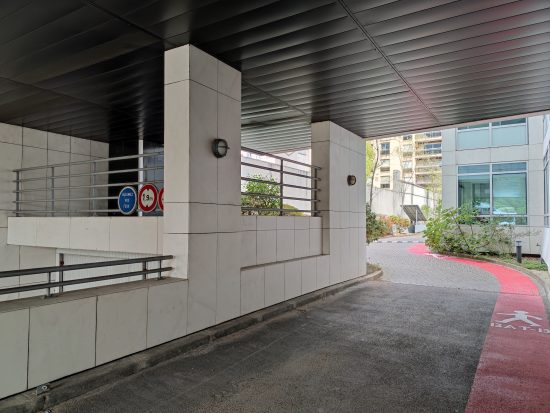
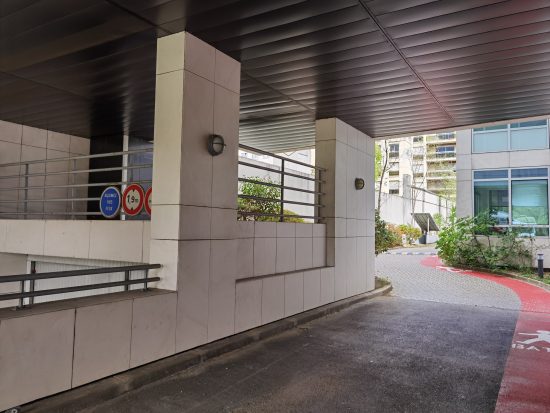
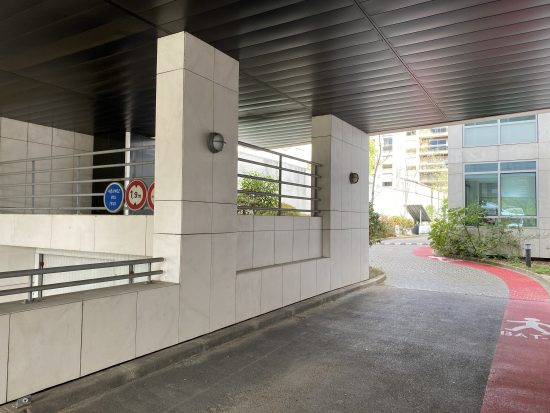






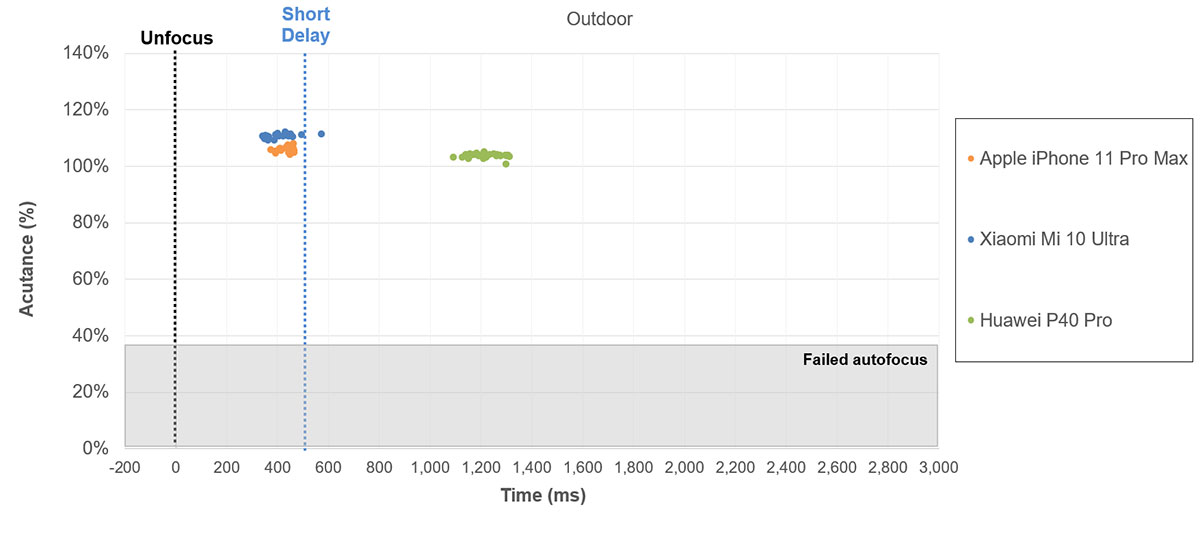



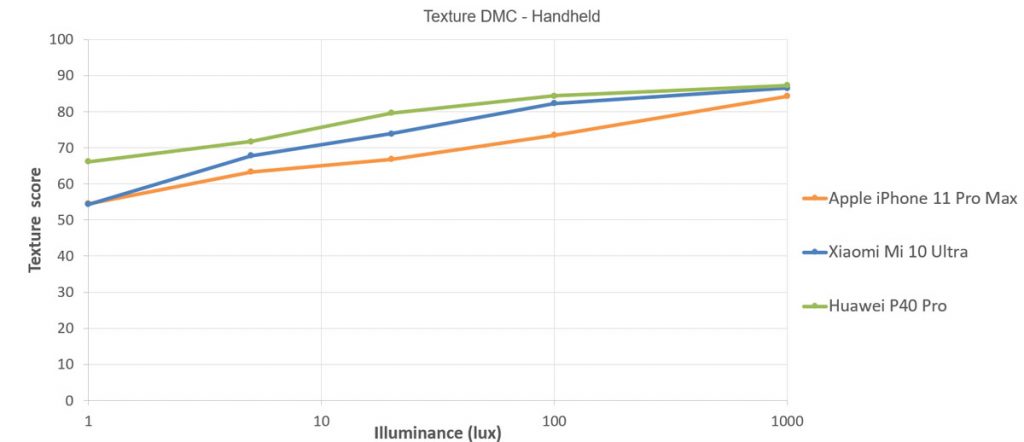
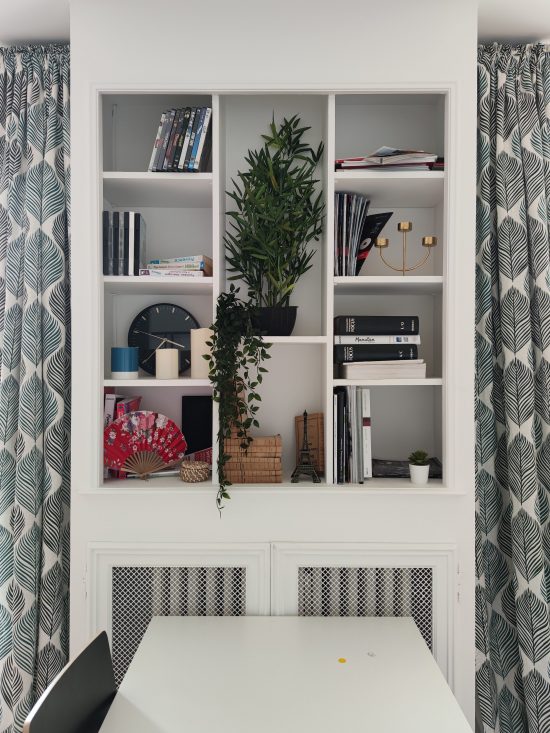







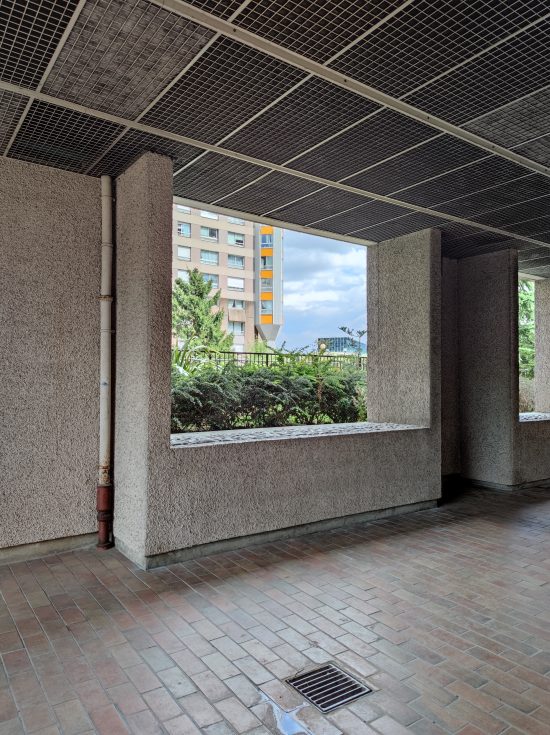








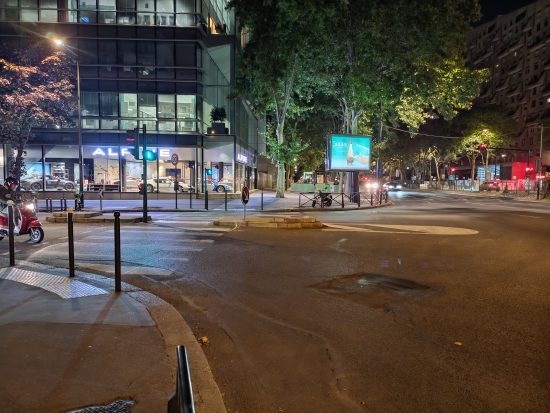
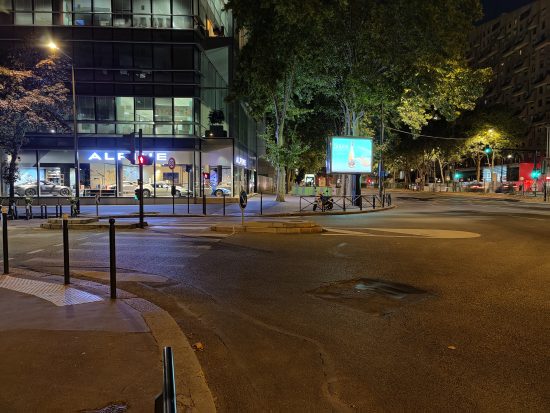
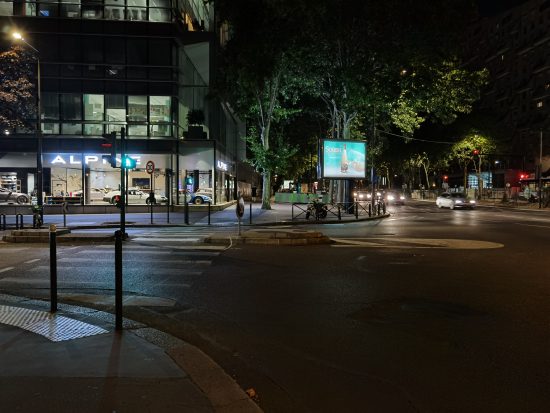



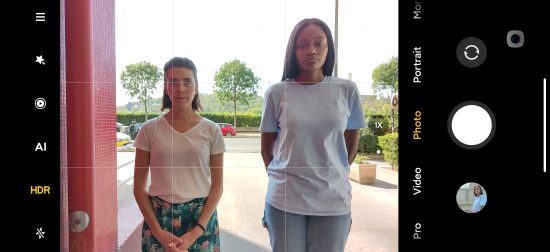






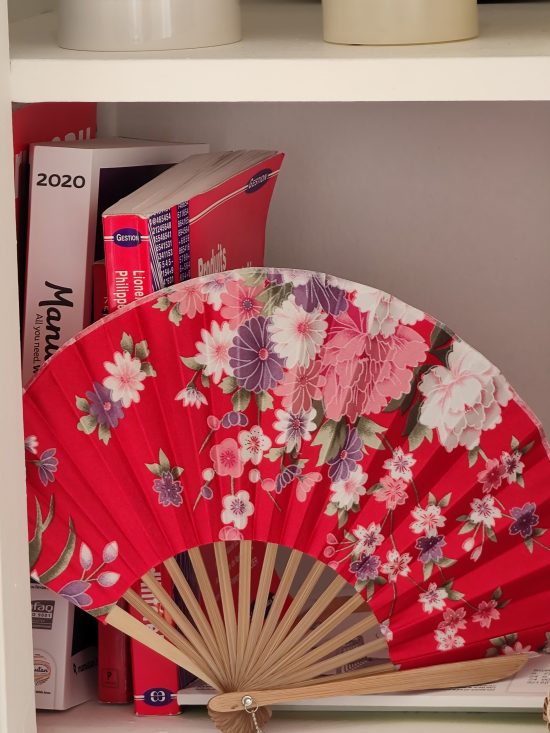
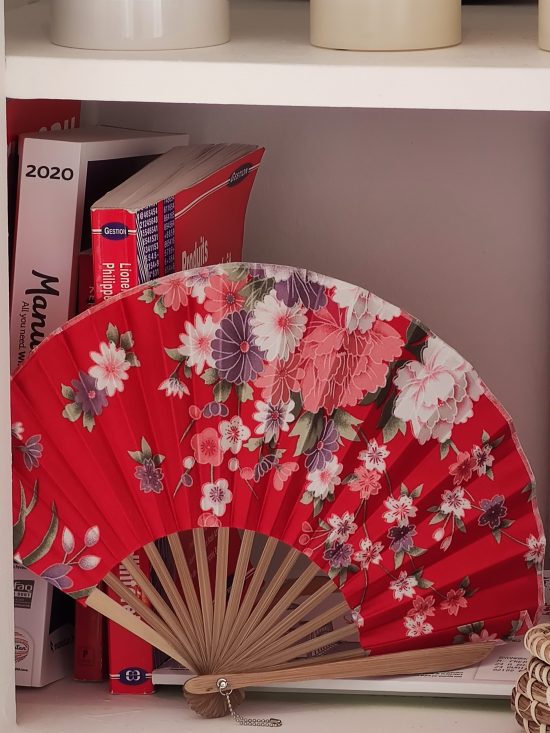
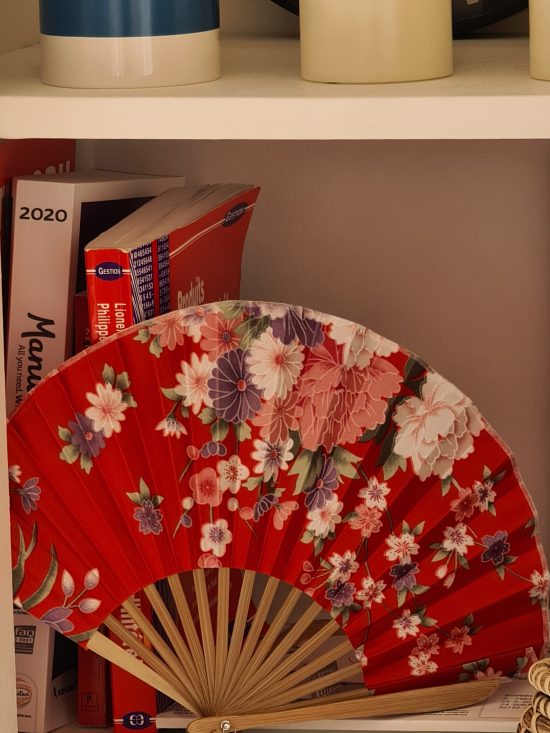



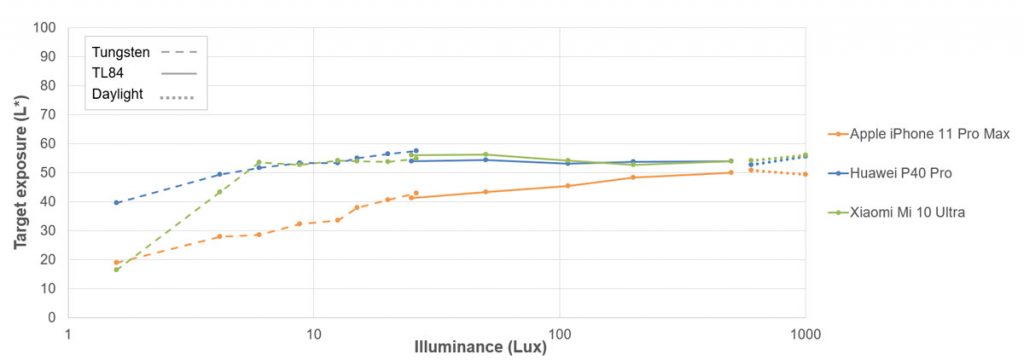


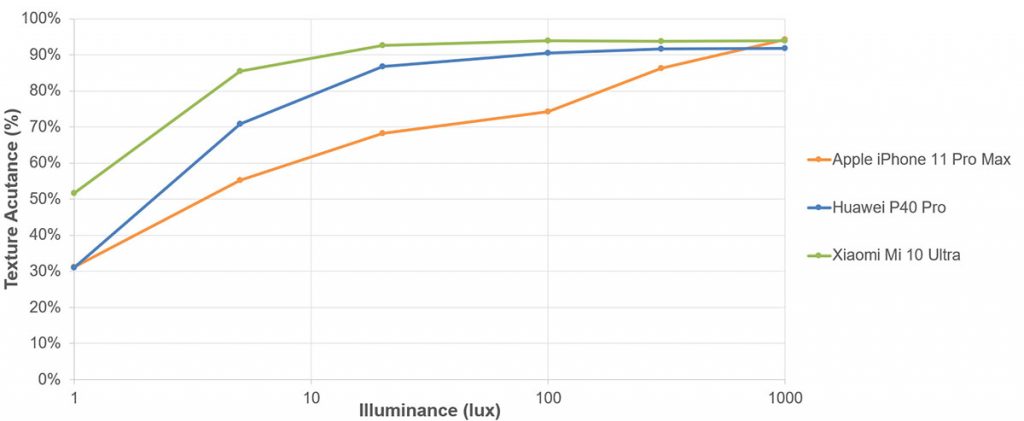
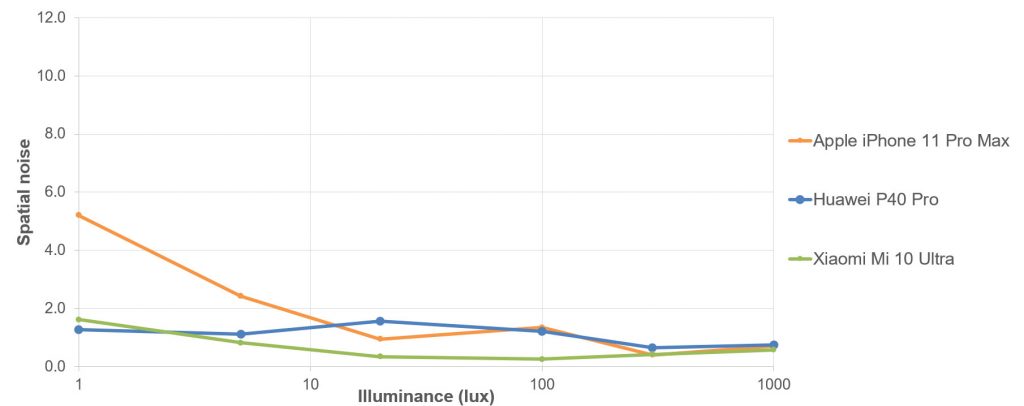



















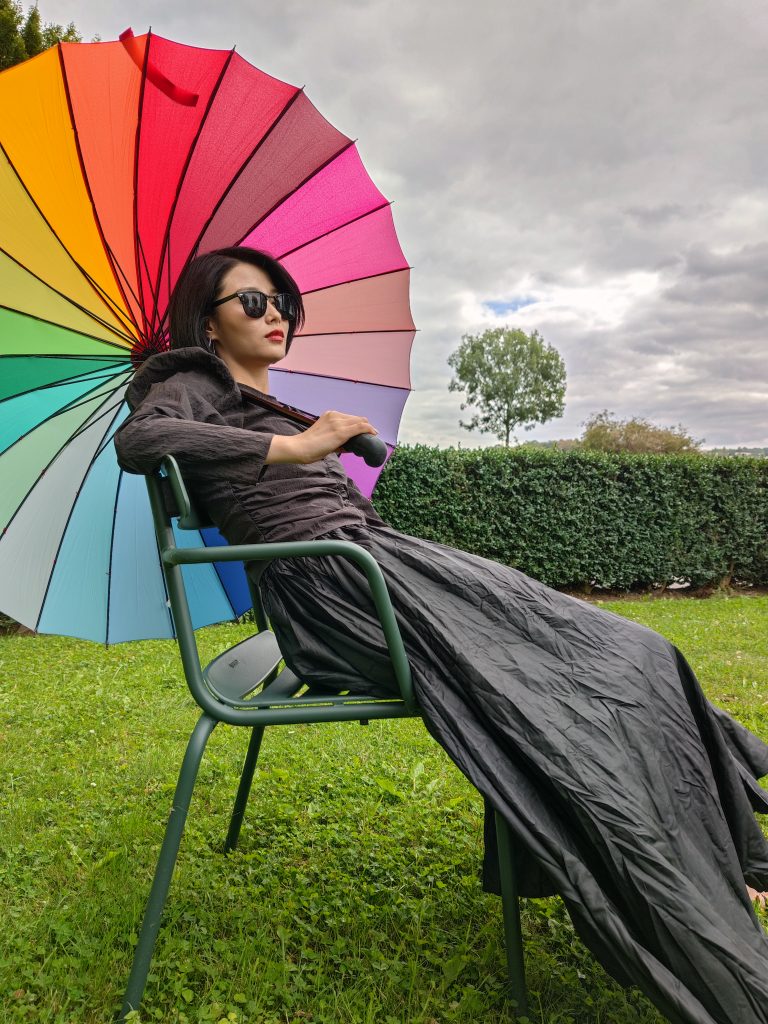








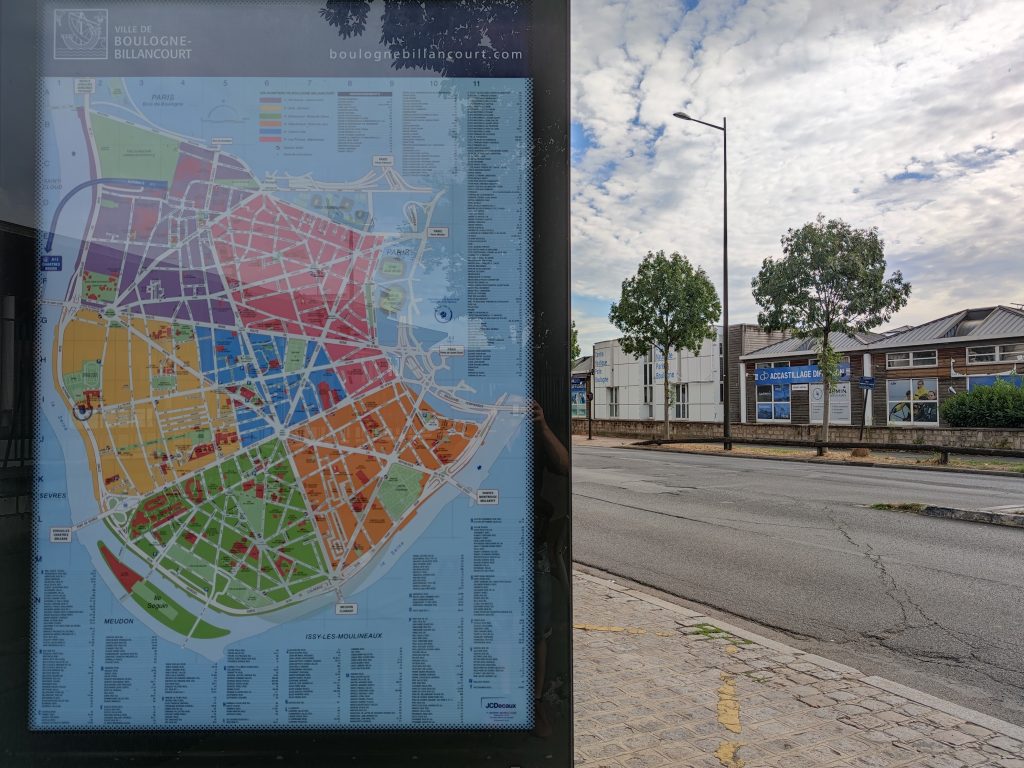



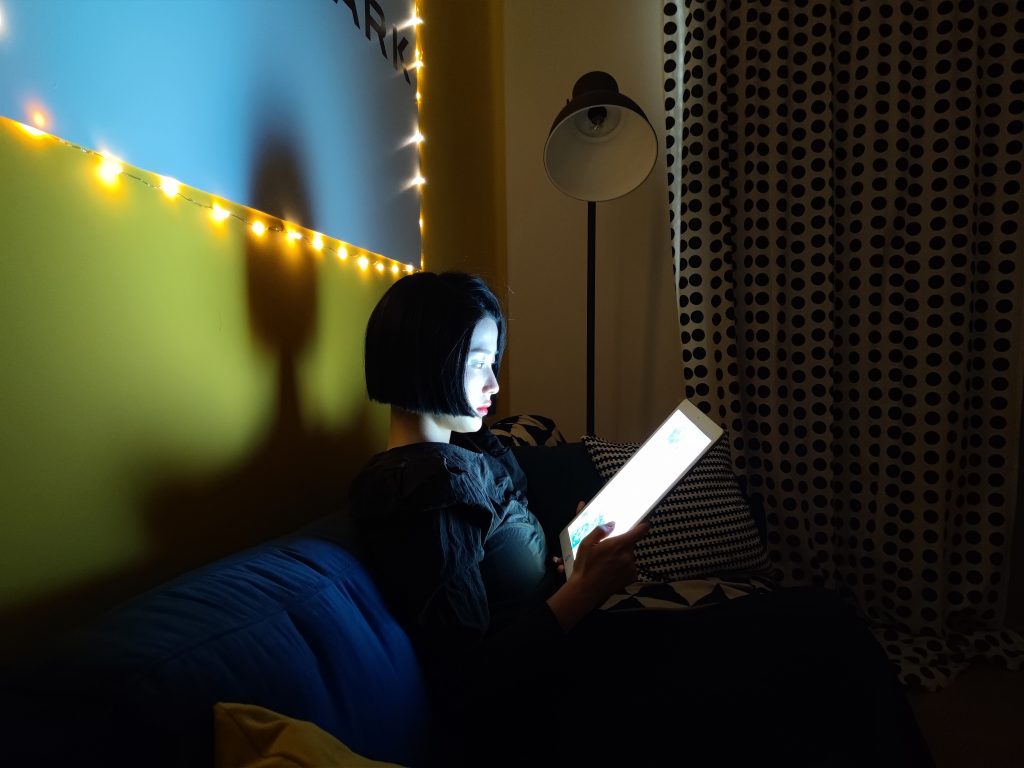



DXOMARK encourages its readers to share comments on the articles. To read or post comments, Disqus cookies are required. Change your Cookies Preferences and read more about our Comment Policy.